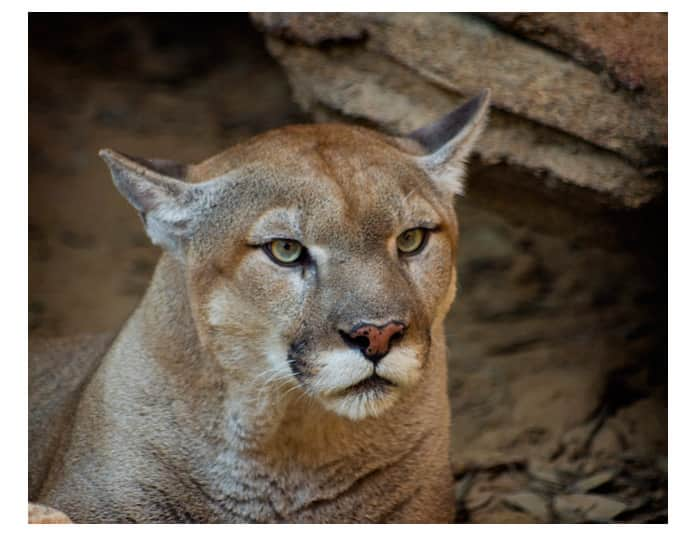Cougar Numbers Increasing Across the United States
OutdoorHub Reporters 06.14.12

After nearly a century of decline, the North American cougar (sometimes referred to as the mountain lion) population is making such a strong comeback that some are spilling over into human inhabited areas.
Michelle LaRue of the University of Minnesota co-wrote a paper on the cougar population in the Journal of Wildlife Management. She said many cougars are moving eastward as the population grows. Cougars are inherently solitary and they like remote rugged wilderness areas, but because of their territorial instincts, they are forced to conquer new ground, moving out of their “homelands” in the Great Plains and west to the midwest and further east.
“What’s happening is that, as the young males are moving out of the areas they were born in, they are coming into contact with other young males,” LaRue said. “They don’t have anywhere else to go so they’re kind of being forced out of these western populations and into these areas of vacant habitats in the midwest.”
For some time, their habitat was restricted to the Black Hills of South Dakota and were seen as a threat to livestock and humans in many states. Then in the 1960s and 1970s, numbers bounced back a bit and the animal was reclassified as a managed game species as the population continued to grow. Despite this, the eastern cougar, a highly debated “subspecies”, was declared extinct by the U.S. Fish and Wildlife Service in March of 2011.
In the 1990s, the animal started to spread further and further. Some of the high profile evidence for this movement was when a young male cougar was hit and killed by a car in Connecticut last June. Genetic analysis revealed that the animal had originated in the Black Hills, which means he traveled approximately 1,800 miles (2,900 km) through a number of states before his death.
Aiding to the rise in their population is the reintroduction of its sources of prey, such as elk and mule deer. Conservation efforts for the ungulates has helped the cougar bounce back to a total population of about 30,000.
Many researchers voiced their concerns about the dangers of encountering humans, although they say cougars are fleeting animals who don’t like humans. They have stated that there should be no fear that they will develop a dependance on picking through trash like some bears have be known to do.

